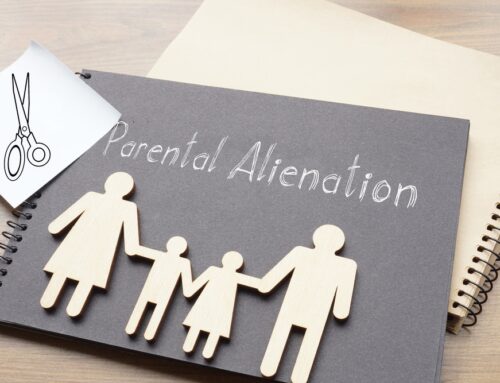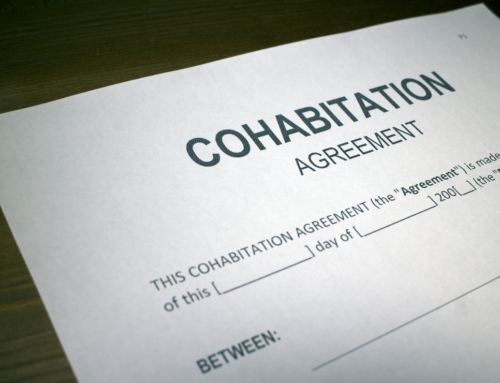We are all familiar with the term “Common law husband and wife” aren’t we? So how long must a couple live together before being classed as such one year? Five years? Or never? The answer often comes as a nasty shock to people. There is in fact no such thing as “common law marriage” a person is either married or they are not.
So how does this leave the couple upon separation? If they were married then there is a whole statutory scheme in place to govern what financial claims may be made, such as maintenance or pensions. These simply are not open to a couple who are not married.
The most common dispute upon break down of a cohabiting couple’s relationship that we see is in respect of the house they shared. If the house is in the joint names of the parties then it’s clear that both parties have an interest in it. That interest will in the vast majority of cases be determined by the shares of ownership, and we can provide guidance about this. What happens, however, if the house is owned by only one party?
On the face of it the party who is a non owner would seem to have no interest in the property, this can often produce an unfair and even perverse result. So can a non owning party ever have an interest in a property they lived in with their ex partner. The answer is yes, we must look to the law of trusts.
There are three principle ways an interest may be acquired by a non owning partner. Firstly by being able to establish a “Resulting Trust” Here the non owning partner must have made a direct contribution toward the purchase price. The most common way this happens is following the non owner making a contribution towards the deposit. It is usually easy to prove as there is often a clear “paper trail” The non owners share is determined by reference to the percentage share they have paid in.
The second way of obtaining an interest is more complicated and harder to show. This is the “constructive trust.” Here the non owner must show that there was a common intention that he or she was to have an interest and that they acted to their detriment in reliance upon that common intention. How can you show a common intention? This really comes down to the behaviour of the parties, did they try but fail to get a joint mortgage? What were the discussions between the parties? i.e “there’s no need for you to be on the deeds, it our family house really.” What was the involvement of the non owner in major decisions, for example building work and design?
If this hurdle is over come then the non owner must prove that they have done something which they would not have done if they did not have an interest in the property. This typically comes down to spending money for example, paying the mortgage, utilities or doing work on the house. It is often hard to quantify a person’s share under a constructive trust this will depend on the precise nature of the case. We can of course help you with this.
The final method of acquiring an interest under a trust is when there is an express declaration of trust. This is typically where the parties have executed a deed of trust which confirms their respective shares.
If all else fails and a non owner has made contributions, but there was no intention they were to have an interest a claim may still be made under the discretionary principle of propriety estoppel for compensation.
Cohabitation disputes are often very complex and require specialist advice and representation. Disputes can also be avoided if upon agreeing to live together couples consider entering in to a living together agreement, which will state what each parties interests in a property are to be.
Here at Beeston Shenton we are able to provide specialist advice both before cohabitation and at the end of a relationship. Find out more about our family law services or get in touch with us to see how we can help you further.




